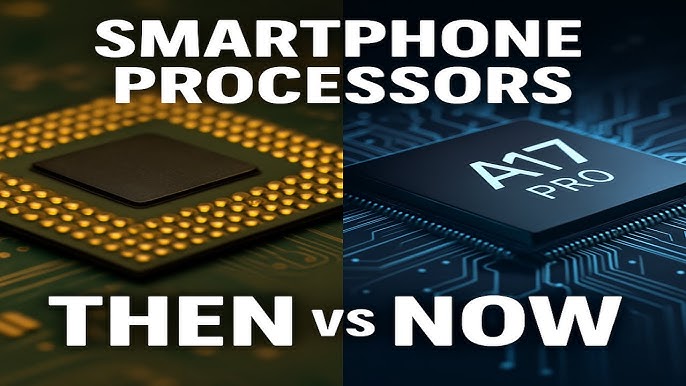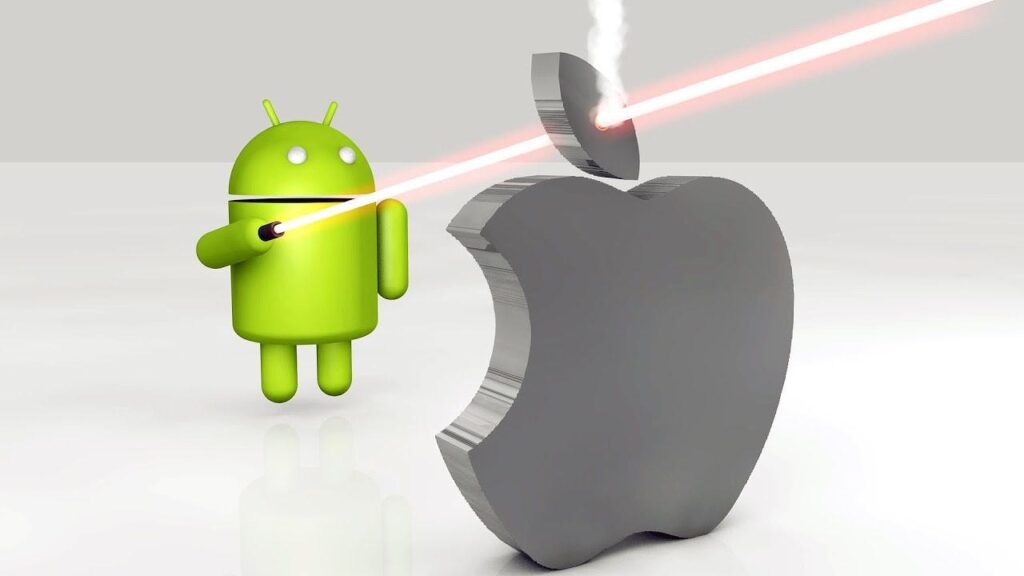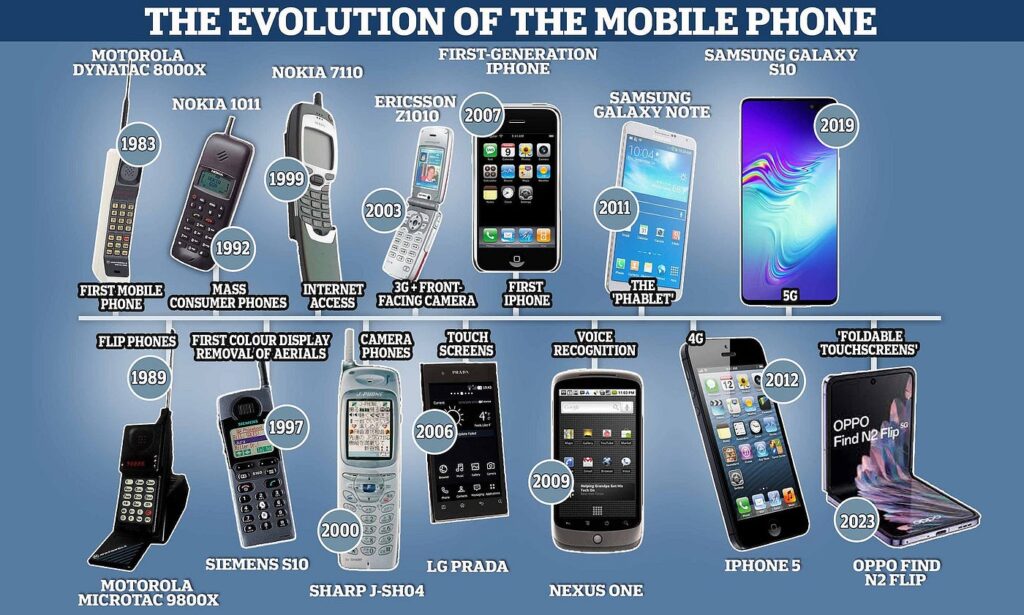The internet is evolving again—at least that’s what the advocates of Web3 claim. Since the early days of static web pages (Web 1.0) and the explosion of user-generated content and social media (Web 2.0), the next phase of the internet’s evolution is said to be decentralized, trustless, and user-owned. But as 2025 unfolds, many are asking: Is Web3 truly the future of the internet, or just another overhyped tech trend?
In this deep dive, we’ll explore what Web3 actually is, its promises and pitfalls, real-world applications, and whether it can realistically replace the current web ecosystem.

What Is Web3, Really?
At its core, Web3 refers to an internet built on blockchain technology—the same system that powers cryptocurrencies like Bitcoin and Ethereum. Unlike Web 2.0, where data and content are controlled by large centralized companies (think Google, Facebook, or Amazon), Web3 aims to return control and ownership to users.
Key features of Web3 include:
-
Decentralization: No single entity controls the network; power is distributed across nodes.
-
Blockchain-based identity and data: Users own their digital identity and personal data.
-
Smart contracts: Self-executing contracts that facilitate transactions without intermediaries.
-
Cryptocurrencies & tokens: Payments and incentives built directly into platforms.
-
Decentralized applications (dApps): Apps that run on peer-to-peer networks rather than centralized servers.
The Hype: Why Web3 Captured Global Attention
Web3 quickly gained momentum during the 2020–2022 crypto boom. Visionaries, investors, and tech enthusiasts saw it as a revolutionary shift that could:
-
Disrupt Big Tech by removing centralized control.
-
Empower creators with new monetization models through NFTs and tokens.
-
Enhance privacy by eliminating data harvesting business models.
-
Enable censorship resistance, especially in authoritarian regimes.
-
Create new economies, including play-to-earn gaming and decentralized finance (DeFi).
This vision excited developers and investors alike, with billions poured into blockchain startups and protocols.
The Reality Check: Where Web3 Stands in 2025
While Web3’s vision is compelling, its real-world implementation still lags behind expectations. Here’s where things stand now:
1. Adoption Remains Niche
Despite the buzz, the average internet user isn’t using decentralized apps. Traditional apps still dominate because they’re faster, simpler, and more reliable. Many Web3 platforms have clunky user experiences, complex onboarding, and high transaction (gas) fees.
2. Scalability Issues Persist
Blockchains like Ethereum face scalability challenges, leading to slow transaction speeds and high costs during periods of high demand. While Layer 2 solutions (like Arbitrum and Optimism) and alternative blockchains (like Solana and Avalanche) have emerged, they haven’t solved the issue completely.
3. Security & Scams Are Rampant
The decentralized nature of Web3 means there’s no central authority to turn to when things go wrong. Hacks, rug pulls, and scam tokens have eroded trust. In 2023 alone, over $1 billion was lost in Web3-related frauds and exploits.
4. Regulatory Uncertainty
Governments worldwide are still grappling with how to regulate cryptocurrencies, NFTs, and decentralized finance. In some countries, Web3 projects are facing crackdowns, while others are cautiously experimenting with regulation.
5. Environmental Concerns
Proof-of-work blockchains like Bitcoin have faced criticism over energy consumption. While Ethereum’s move to proof-of-stake has helped reduce emissions, sustainability remains a concern in many Web3 projects.
Where Web3 Shows Promise
Despite the hurdles, there are areas where Web3 is gaining traction:
✅ Decentralized Finance (DeFi)
DeFi platforms offer lending, borrowing, and trading services without banks. Platforms like Aave, Uniswap, and Compound have created thriving ecosystems, particularly among crypto-savvy users.
✅ Decentralized Identity
Projects like ENS (Ethereum Name Service) and DID (Decentralized Identifiers) are helping users own and control their digital identities, potentially reducing reliance on third-party logins like Google or Facebook.
✅ NFTs Beyond Art
While the NFT art market has cooled, NFTs are evolving into digital credentials, game assets, and membership passes. Real estate, ticketing, and academic credentials are promising future use cases.
✅ Data Storage and Privacy
Platforms like Filecoin and Arweave offer decentralized storage solutions. Coupled with zero-knowledge proofs and homomorphic encryption, Web3 could improve data privacy and user control.
Big Tech’s Response: Web2.5?
Interestingly, companies like Meta, Google, and Microsoft haven’t fully rejected Web3—they’re adopting its features while retaining central control. This hybrid model, dubbed Web2.5, blends familiar UX with blockchain enhancements.
Meta, for example, has integrated NFT functionality into Instagram. Reddit has launched collectible avatars on the blockchain. Google Cloud offers Web3 developer services.
This suggests that the future may lie in integration, not disruption.
The Verdict: Evolution, Not Revolution
Web3 isn’t dead—but it’s not ready to take over either.
In its current form, Web3 is more of a visionary experiment than a mainstream solution. It’s pushing important conversations about data ownership, decentralization, and financial inclusion—but we’re likely years away from it replacing the current internet structure.
For now, a hybrid approach—where decentralization coexists with centralized platforms—may be the most practical path forward.
Final Thoughts
Web3 is an ambitious and powerful idea. Like any technological revolution, it needs time to mature. The next few years will determine whether Web3 becomes a foundational layer of the internet or remains a niche playground for crypto enthusiasts.
Until then, expect innovation, regulation, and plenty of debate.


